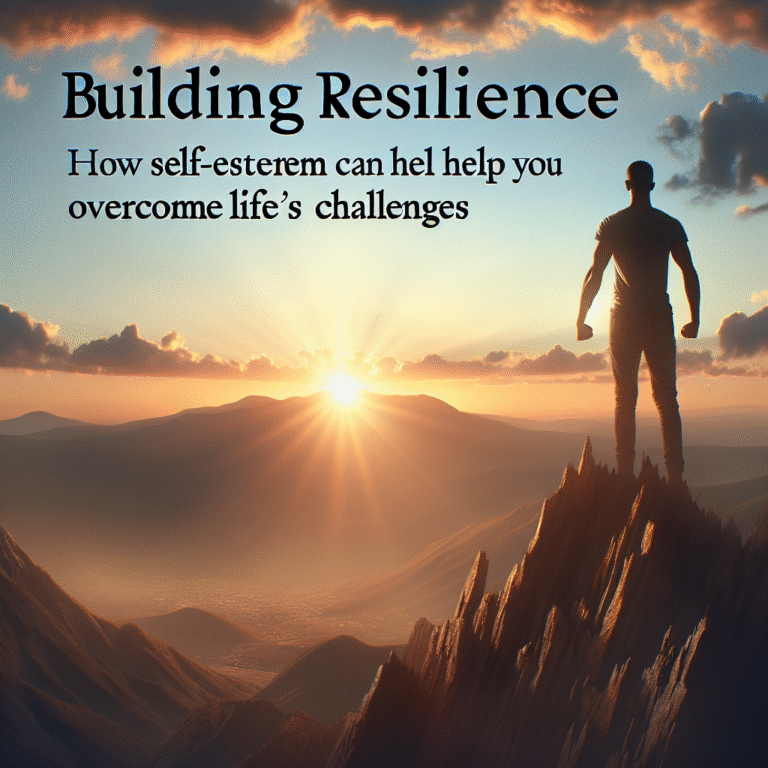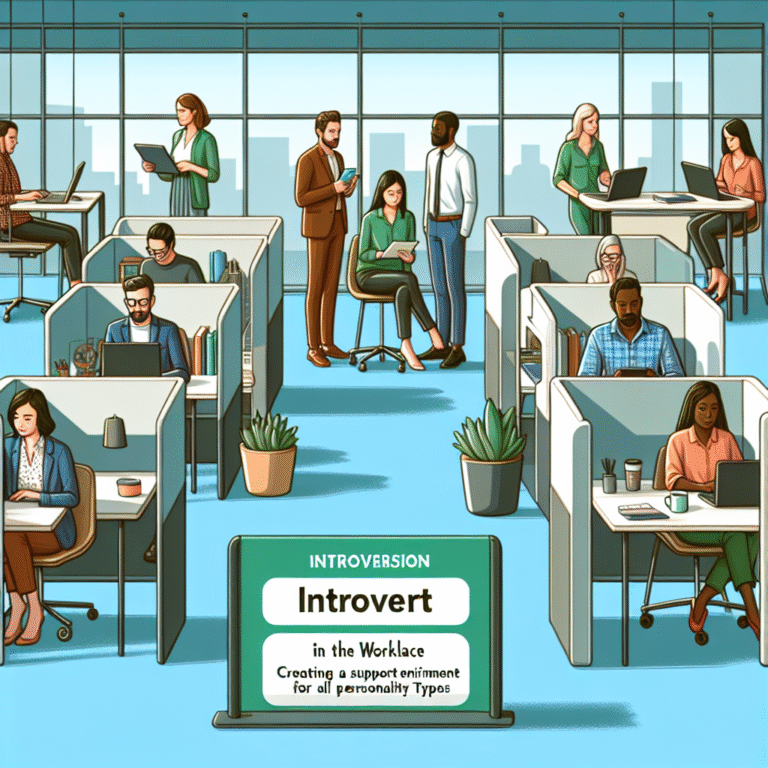
Introduction
Imagine you’re diving into a black-and-white world where only your opinions and beliefs matter. You might not realize it, but this tunnel vision is a phenomenon known as confirmation bias. In our increasingly polarized society, where misinformation can spread like wildfire, understanding and overcoming this bias is not just relevant—it’s crucial. By breaking the cycle of confirmation bias, we can cultivate open-minded discourse, enhance decision-making, and foster deeper connections. This article explores Breaking the Cycle: Strategies to Overcome Confirmation Bias, providing you with actionable insights to create a more informed and balanced perspective.
What is Confirmation Bias?
Before we delve into strategies, let’s clarify what confirmation bias is. It’s the tendency to search for, interpret, and remember information in a way that confirms one’s pre-existing beliefs. We selectively gather information that supports our views while dismissing contradictory evidence—often unknowingly. Recognizing this behavior is the first step towards breaking the cycle.
The Science Behind It
Research by psychologists like Peter Wason and others indicates that confirmation bias can influence various domains — from politics and religion to health choices and consumer behavior. Understanding the cognitive processes behind this bias can empower you to take conscious steps toward overcoming it.
Understanding the Impact of Confirmation Bias
Case Study 1: Political Polarization
In recent elections, confirmation bias has contributed to severe political polarization. Voters often consume news from sources that align with their beliefs, reinforcing their views and deepening the divide. A study by the Pew Research Center found that individuals who primarily rely on partisan media are less likely to shift their opinions, even when presented with contradictory evidence.
Analysis: This case exemplifies the importance of seeking diverse sources of information. Those willing to explore opposing viewpoints can make better-informed decisions and bridge divides.
Table 1: Effects of Confirmation Bias in Political Decision-Making
| Indicator | Individuals with High Bias | Individuals with Low Bias |
|---|---|---|
| Openness to Opposing Views | 10% | 45% |
| Trust in Diverse Media | 15% | 50% |
| Decision-Making Flexibility | 20% | 55% |
Breaking the Cycle: Strategies to Overcome Confirmation Bias
Strategy 1: Cognitive Dissonance
Cognitive dissonance occurs when we hold conflicting beliefs or attitudes. By intentionally exposing yourself to conflicting information, you can create discomfort that prompts critical thinking.
Action Step: Set aside time each week to explore information that challenges your beliefs. This could involve reading articles from opposing viewpoints or discussing topics with friends who have different perspectives.
Strategy 2: Seek Diverse Perspectives
Research suggests that individuals who interact with diverse groups are more capable of overcoming biases. Engaging with those who hold different views can enrich your understanding and foster empathy.
Action Step: Join community groups or participate in forums where multiple viewpoints intersect. This will help you engage in thoughtful conversations and broaden your perspective.
Strategy 3: Question Your Assumptions
Challenge your preconceptions by regularly questioning your beliefs. Ask yourself why you hold certain views and whether they are based on solid evidence or merely on convenience.
Action Step: Keep a journal where you regularly list your beliefs and the reasons behind them. Reflect on these entries and consider alternative viewpoints.
Strategy 4: Use the "Devil’s Advocate" Technique
This technique involves arguing for the opposing view, even if you don’t personally believe it. This prompts you to think critically about your beliefs and identify potential weaknesses in your arguments.
Case Study 2: Corporate Decision-Making
In a corporate setting, diverse teams often employ the devil’s advocate technique to enhance decision-making. A study by Harvard Business Review found that when one member challenged prevailing ideas, the whole team was more likely to arrive at innovative solutions.
Analysis: This case illustrates how healthy debate can lead to better outcomes and helps individuals recognize the limitations of their biases.
Embracing Emotional Intelligence
Strategy 5: Enhance Your Emotional Awareness
Emotional intelligence plays a significant role in overcoming confirmation bias. The ability to recognize and manage your emotions can help you approach discussions more rationally.
Action Step: Practice mindfulness techniques to become more aware of your emotional responses during discussions. This self-awareness can help you remain open to different perspectives.
Conclusion
In a world rampant with confirmation bias, breaking the cycle is not simply beneficial—it’s essential for personal growth and societal harmony. By embracing diverse perspectives, questioning your assumptions, and cultivating emotional intelligence, you can transform how you engage with the world around you.
Takeaway
Remember, the goal is not to abandon your beliefs but to enrich your understanding by integrating diverse viewpoints. As you implement these Breaking the Cycle: Strategies to Overcome Confirmation Bias, you’ll find yourself engaging in more meaningful conversations and making informed choices that reflect a balanced perspective.
FAQs
1. What is confirmation bias?
Confirmation bias is the tendency to favor information that confirms one’s existing beliefs while disregarding contradictory evidence.
2. Why is it important to overcome confirmation bias?
Overcoming confirmation bias enables individuals to make well-rounded decisions, engage in constructive debates, and fosters better understanding across different viewpoints.
3. Can confirmation bias affect decision-making in business?
Yes, confirmation bias can lead to poor decision-making in business contexts, as individuals may disregard valuable alternative information that contradicts their pre-existing views.
4. How can I practice the strategies mentioned in this article?
You can practice these strategies by exposing yourself to diverse perspectives, questioning your assumptions, and employing the devil’s advocate technique in discussions.
5. Is confirmation bias curable?
While it may not be entirely curable, awareness of confirmation bias and implementing proactive strategies can significantly reduce its effects on your thinking and decision-making.
Final Thoughts
Breaking the cycle of confirmation bias is a journey that involves curiosity, patience, and commitment. By diligently employing the Breaking the Cycle: Strategies to Overcome Confirmation Bias, you can pave the way for a more informed, open-minded, and harmonious existence. Start today, and watch as your personal and professional relationships transform for the better.











